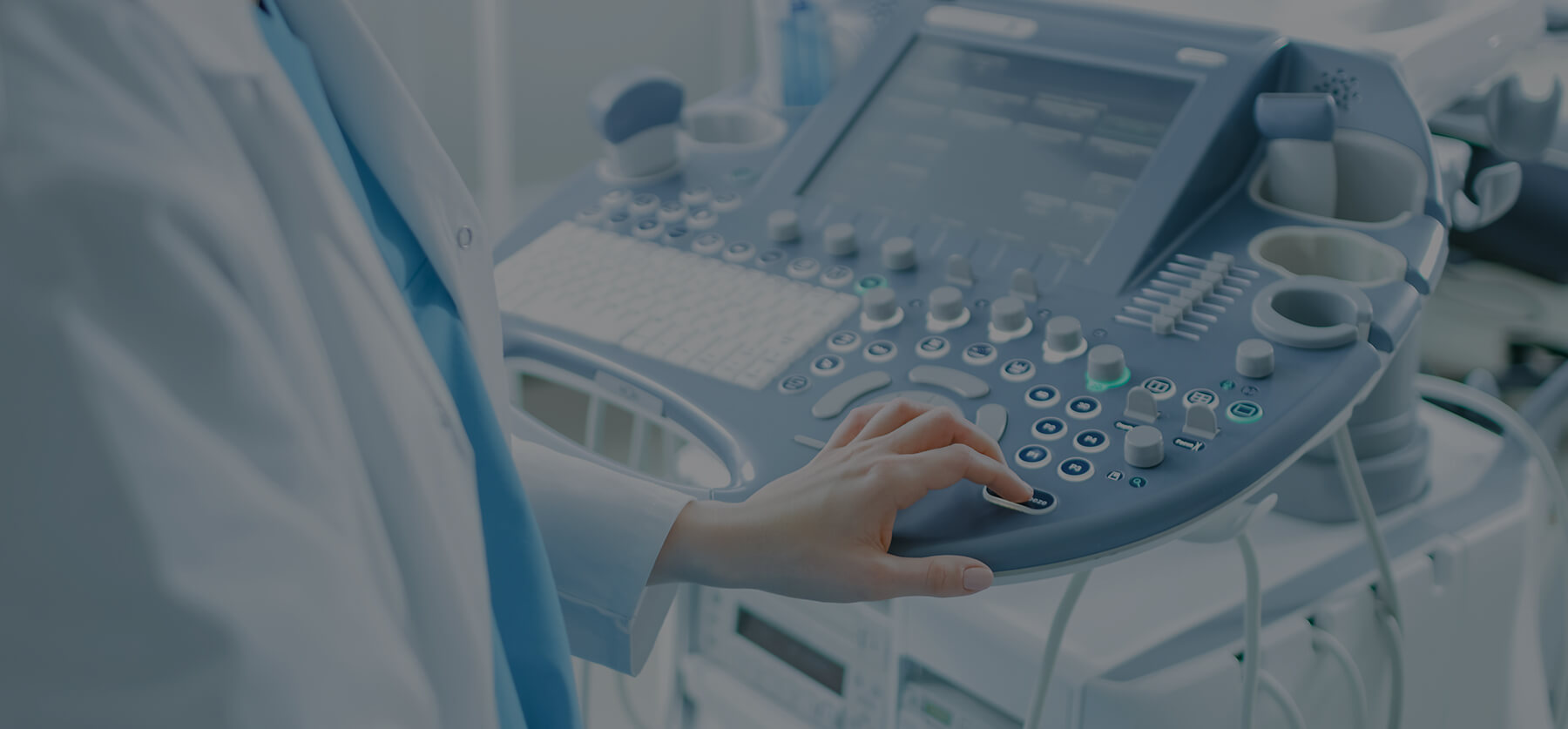Originally designed during World War I to detect submarines below the water’s surface, ultrasound is now used to provide highly detailed visualization of the anatomic structures below the body’s surface. Dr. Moore is a gifted musculoskeletal ultrasonographer, providing this convenient and radiation-free tool daily in our office.
Click the links to explore the types of ultrasound procedures Dr. Moore performs.
TENEX Ultrasound Guided Percutaneous Tenotomy
What is Tendonitis?
A tendon typically goes through 3 phases of healing; inflammatory, proliferative, and remodeling. Chronic tendinitis is a process of disordered healing, wherein there is an imbalance of breakdown and attempts at healing, leading to degeneration through the deposition of poor tissue elements.
How is Tendonitis treated?
Various nonsurgical options exist, including physical therapy which is typically effective. In certain tendons, cortisone injections can provide short term improvement but are often ineffective over extended periods of time. Alternative treatment options include percutaneous tenotomy and platelet rich plasma, where focal area or tendon degeneration are targeted. Ultrasound can be used in the office to diagnose chronic and guide procedures for chronic tendinitis.
What is Ultrasound-Guided Tenotomy?
Also called TENEX, this is accomplished through the use of high frequency ultrasound energy targeted at diseased tendon in order to break it up. The area is simultaneously irrigated with cool saline to then remove the diseased area of tendon. This is done under ultrasound guidance with a tiny incision to properly visualize the focal area of pathology.
What type of tendonitis is TENEX used for?
It is successfully used for the following diagnosis; tennis elbow/lateral epicondylitis, golfers elbow/medial epicondylitis, rotator cuff tendinitis, proximal bicep tendinitis, patellar tendinitis, hamstring tendinitis, achilles tendinitis, plantar fasciitis.
Is it painful and how quickly does it work?
The procedure is minimally invasive, not requiring any stitches but only steri-strips. It is a single treatment and lasts less than 5 minutes. It is done with only local anesthetic and patients tolerate it very well. The side effects are minimal, similar to that of a joint injection.
After the procedure, there is a brief 1-2 week period of unloading as the tendon begins to heal, followed by slow progression of activity with the goal of returning to full activity by 4-6 weeks from the procedure.
Dr. Moore has extensive experience with this technology and provides over 100 procedures annually.
SONEX Ultrasound Guided Carpal Tunnel Release
Carpal tunnel syndrome is the most common compression neuropathy and affects approximately 12 million adults. Over 650,000 carpal tunnel releases (CTR) are performed annually in the United States to treat patients with severe or refractory symptoms. The primary goal of surgical intervention is to transect or divide the transverse carpal ligament to reduce median nerve compression and thereby reduce pain, numbness, and tingling and improve function. Traditional open carpal tunnel release (OCTR) is relatively safe and effective but can be associated with large and sometimes painful scars, pillar pain, and often a relatively prolonged recovery course.
The Sonex Health patented SX-One MicroKnife was specifically designed to provide a simple, safe and effective tool to perform CTR. Ultrasound guided CTR using the SX-One MicroKnife can be performed using only local anesthesia and in a variety of clinical settings, including an office procedural room. The first ultrasound guided CTR using the SX-One MicroKnife® was performed February 17, 2017. There have since been over 7700 procedures completed including many bilateral simultaneous releases.
When using US guidance, the SX-One MicroKnife tip is passed through a small incision in the proximal carpal tunnel region and positioned within the carpal tunnel. Once the position of the device is confirmed relative to the transverse carpal ligament and surrounding neurovascular structures, the balloons are deployed to create space in the carpal tunnel. This is achieved by increasing the diameter of the device and the distance between the balloon edges and centrally located cutting knife. The retrograde cutting knife is then activated to divide the ligament using direct ultrasound visualization. Following ligament transection, the cutting knife is recessed, the balloons deflated, and the ligament probed to ensure a complete release. The fascia and skin are closed with steri-strips only.
Important benefits include1-3:
- Typically performed using local anesthesia
- Performed in a procedure room or office setting
- Small wrist incision usually closed with an adhesive bandage
- Most patients can return to work and the activities they love within 3-6 days, much more quickly than with traditional surgical release
- Reduces or eliminates need for opioids – most patients use Tylenol® or ibuprofen post procedure
- Immediate motion in the hand for rapid recovery
- Postoperative therapy typically not required – saving time and money
What is carpal tunnel syndrome?
Carpal tunnel syndrome (CTS) is one of the most common problems affecting the hand. It afflicts 4% of adults (12 million Americans) with numbness and tingling in the hands and fingers. Left untreated, it can cause long-term debilitation.
What is carpal tunnel release?
Carpal tunnel release (CTR) surgery is used to treat carpal tunnel syndrome. CTR relieves pressure on the median nerve by transecting or dividing the transverse carpal ligament, which forms the roof of the carpal tunnel to create more space for the nerve and tendons.
About carpal tunnel syndrome (CTS)
- More than 12 million Americans have been diagnosed with CTS
- 2.6 million are diagnosed with CTS every year.
- 6.12 million are recommended for surgery based on severity and/or failing non-surgical treatment
- About 650,000 CTR procedures are done per year, i.e., millions of people decline or delay surgery
Why do people decline or delay carpal tunnel release surgery?4,5
- Intimidated by surgery: 36%
- Recovery time: 30%
- Economics: 25%
Is this procedure covered by insurance?
CTR is covered by Medicare and most private insurance companies. Physicians and patients should always confirm coverage with the applicable provider prior to treatment.
How long does the procedure take?
We are not able to make specific claims regarding procedure time. However, general descriptions such as “performed in minutes” may be used to describe the time required to perform the procedure.
Dr. Moore is the first physician in the area to perform ultrasound-guided carpal tunnel release.



